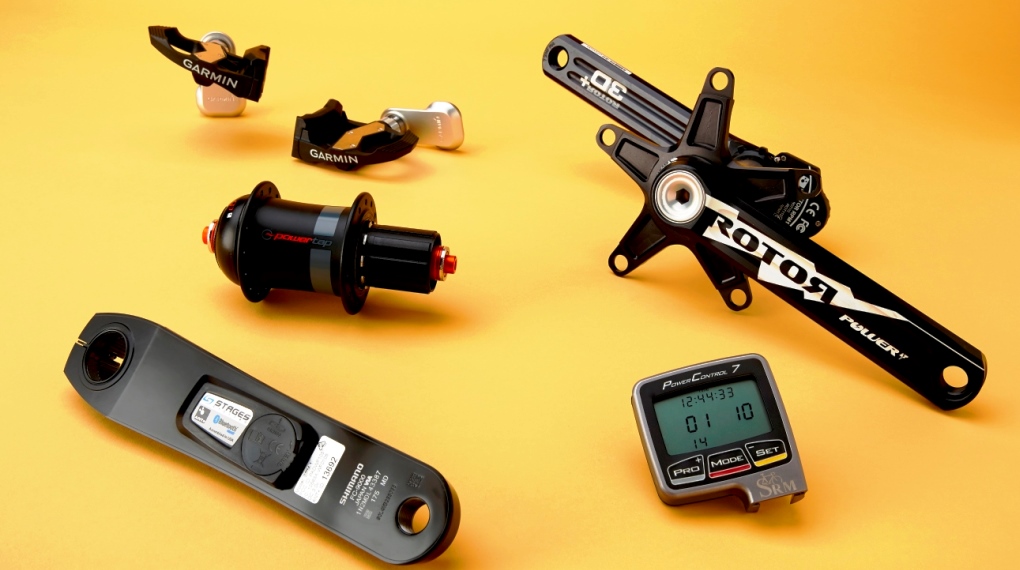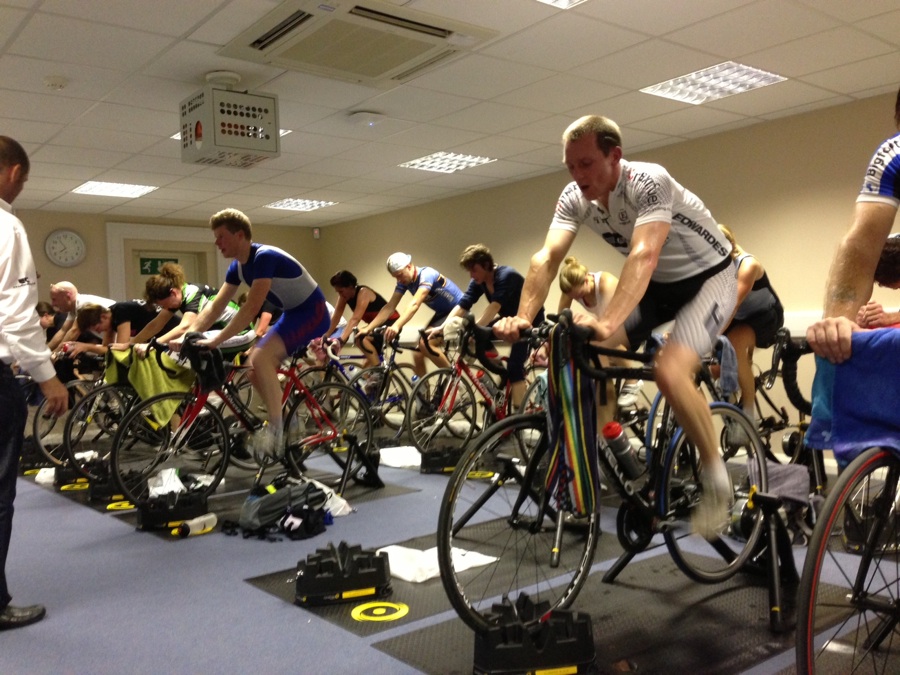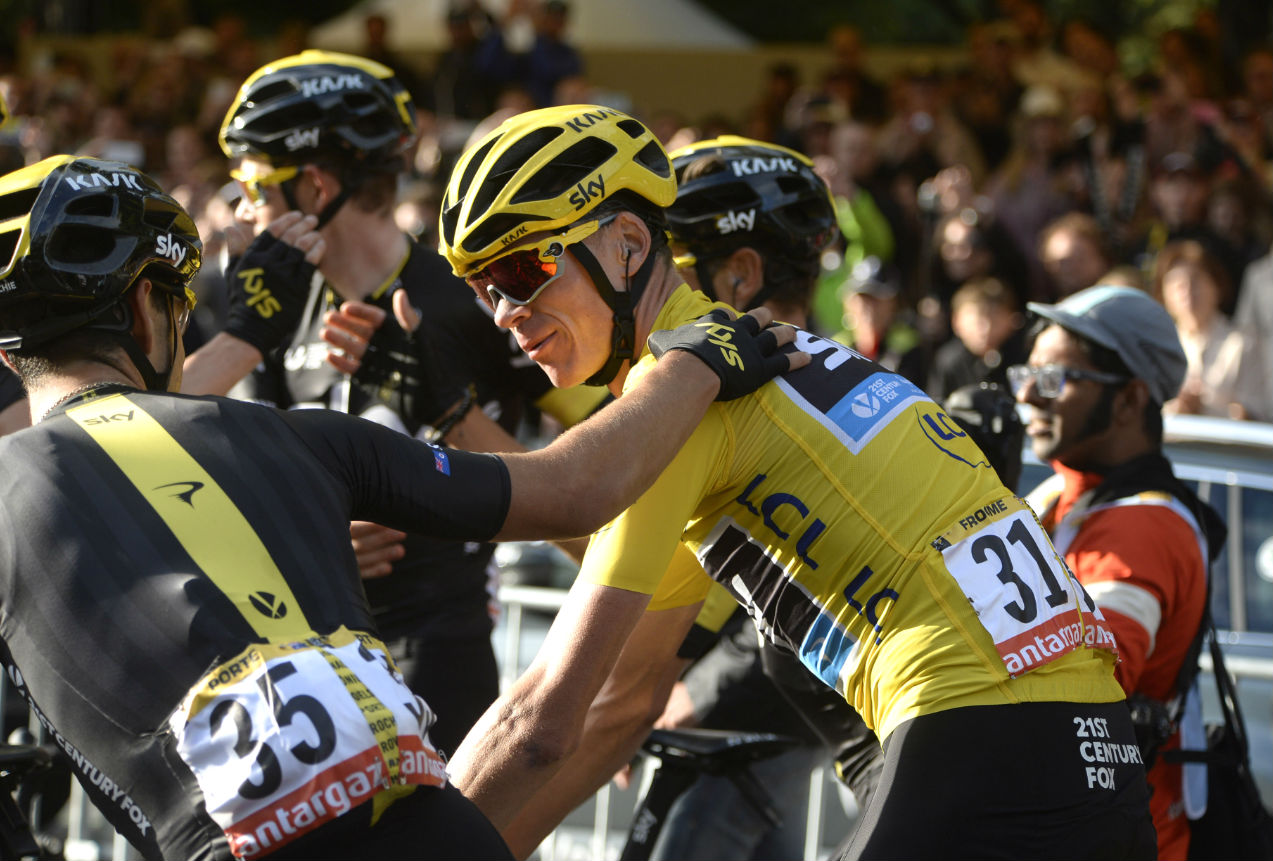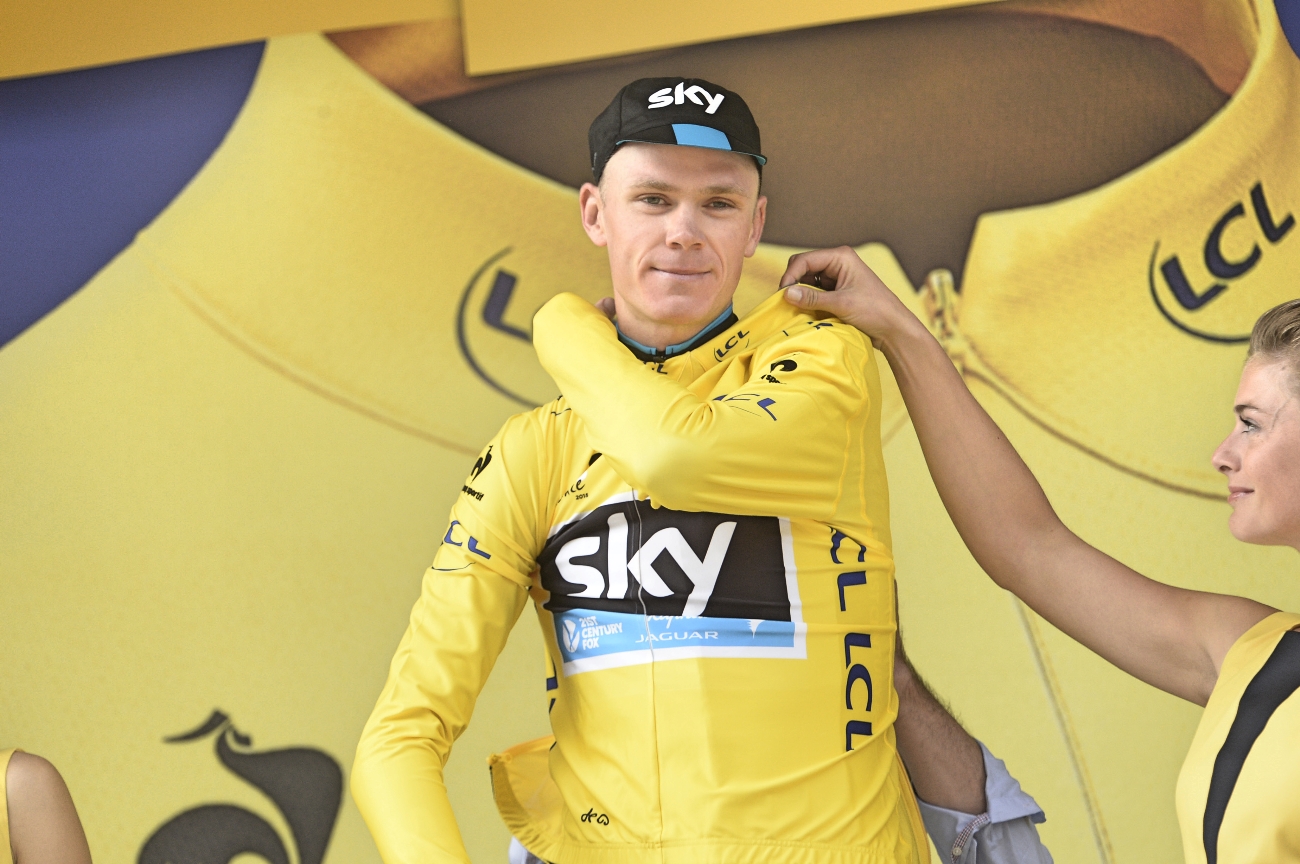Heart rate monitor
-

-

-

Heart rate monitors are still relevant in today's age, despite the rising popularity of power meters (Pic: Simon Wilkinson/SWPix.com)
-

A Thursday night group turbo session at London's Elite Cycling
-

-

Heart rate monitor
While it’s not as efficient as a power meter for empirically measuring output, the idea that power meters have ended the life of the heart rate monitor for cyclists is far from the truth.
While a power meter will measure exactly how many watts you’re putting out, a heart rate monitor can tell you just how hard you body’s working in order to produce the power. It might sound like splitting hairs, but we’ve all had one of those days where we simply can’t ride as hard as usual and if you’re wearing an HRM you might see your heart rate is noticeably higher than usual (a sign you need some recovery).
Six things you need to know about… training zones
And in the absence of a power meter, an HRM is a good way to monitor how hard you’re working. Sure, it may not be as effective as a power meter in terms of power output, but it can tell you a lot about your body and how you’re feeling. Heart rate is also extremely good at making you, as an athlete, more in tune with your body. You’ll start to know how you feel working at certain intensities and become better at measuring and maintaining effort.
As with power, the key to training by heart rate is finding your training zones and sticking to them. It doesn’t matter if you’re about to get overtaken by a five-year-old on his tricycle, if your given session says you have to stay under 130bpm you need to stick to that, even if it means swallowing your pride. Of course, making sure you don’t go out for that recovery session dressed like you’re ready to race, complete with your best carbon wheels on the bike, means you won’t feel like quite such an idiot when you get burned by said toddler…





